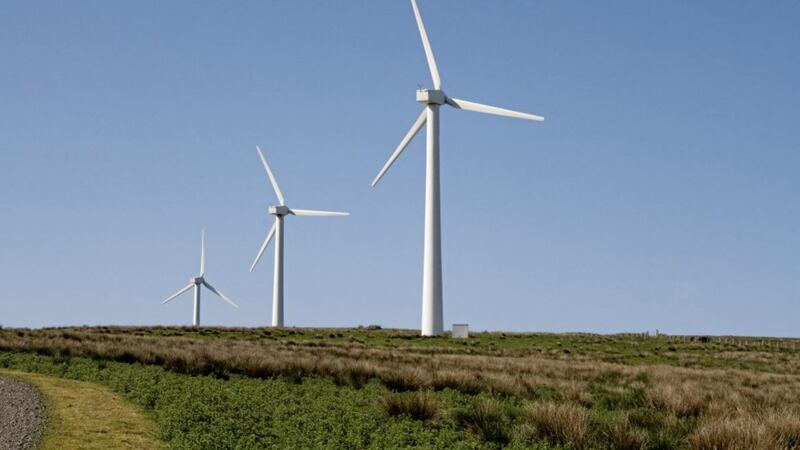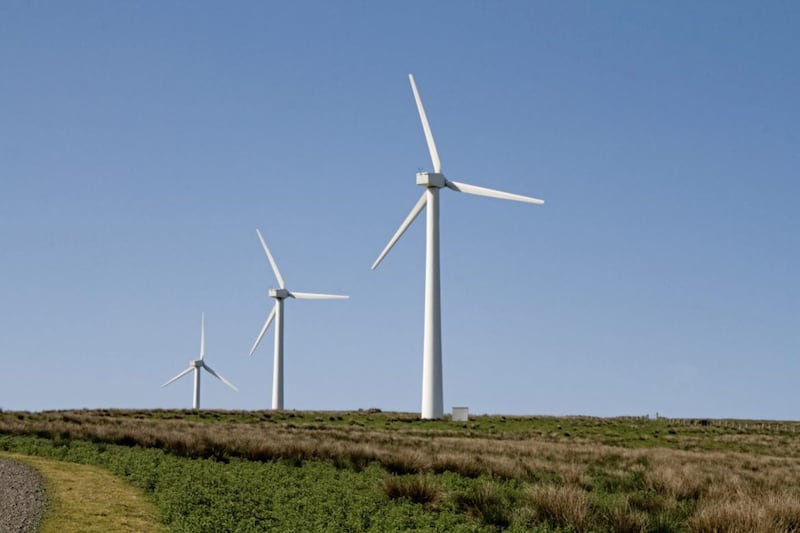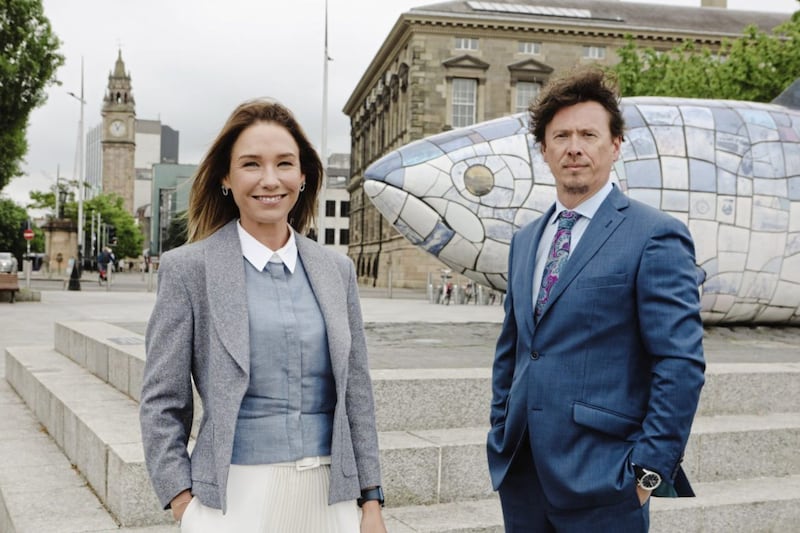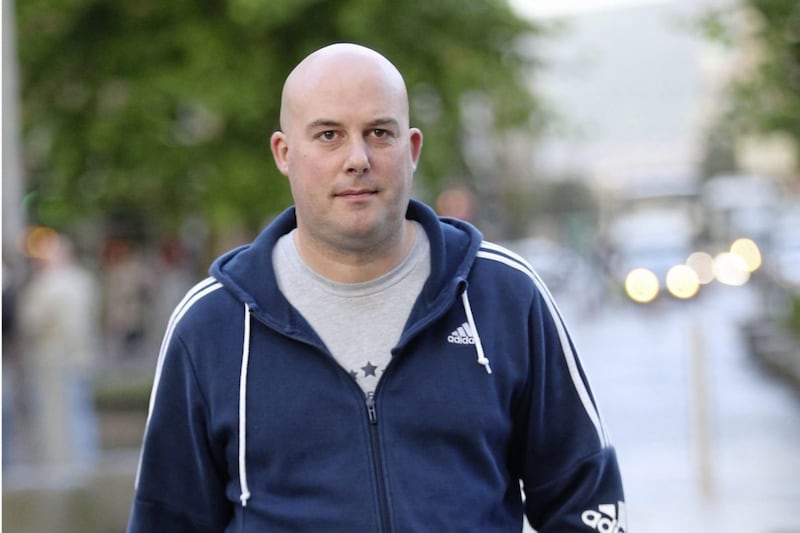OVER the past few months, it has been my honour to be deputy chair of Renewable NI, an organisation which mirrors my own passion for renewable energy, and the benefits which it can bring to us all, for generations to come.
Recently we launched the Renewable NI Programme for government, which offer a pathway for achieving the ambition of sourcing 80 per cent of all power from renewable sources by the end of the decade.
So, first things first – any Programme for Government needs one essential ingredient – you’ve guessed it, a government! So, it goes without saying that the return of the Northern Ireland Assembly must be the first and highest priority going forward.
Of course, there is hope that we can progress some actions in the absence of the Assembly, but the challenges of the climate emergency are made even more difficult due to the lack of an Executive and functioning Assembly.
All economic development begins with planning. In my view, planning really has to be the key focus of policy development if we are going to have any chance of success.
Strategic Power Projects has many large scale solar and battery sites in the pipeline. To attach an investment figure to that, the projects have a total capital spend of over £1 billion.
I was born here, I live here, and I have based businesses here. I am hugely committed to Northern Ireland. But all of the projects I have in the pipeline are in the Irish Republic – we don’t have any large scale projects in planning here in Northern Ireland.
That is simply, and completely down to the fact that the planning system here just does not work for our business, and therefore I can’t invest here.
As I said above, the Climate Act, which was agreed by the last Assembly set a target of 80 per cent renewable electricity by 2030 is the right interim target but an incredibly challenging one.
In order to achieve 80 per cent, we must double our renewable capacity in half the time it took to get to this point.
That is why I am absolutely unambiguous – if we don’t fundamentally and completely overhaul our planning system, if we don’t give it the resources that it needs to do the job, as an urgent priority, then we have absolutely no hope whatsoever of meeting our targets.
Business as usual planning will result in failure to meet our targets, and failure to realise an economically thriving Northern Ireland.
Let’s look at the reality of where we are. A wind farm in Northern Ireland will typically spend twice as long in planning as it would in GB. There are six large scale renewable developments that have been in our planning system for more than two years.
One of Minister Nichola Mallon’s last actions was to call in a wind farm application that has already been in the planning system for SIX years – it will probably not see the light of day for another three.
But there has to be hope.
Government has shown, through the admirable response it made to the Covid crisis that it can step up to the mark when it needs to – it can get things done quickly and it can respond rapidly to changing circumstances. It did it with Covid, it needs to do it again with planning.
The RepowerEU programme, launched recently by the European Commission sets out how consenting for green infrastructure projects can be streamlined. If we are going to deliver, we need to ensure that statutory timelines are met. If they aren’t met on time, then the project should move on without them rather than sit in perpetual delay.
This should not be a big ask, In fact it is exactly what is happening in the Republic of Ireland and it is no coincidence that that is where the bulk of renewable investment on this island is going.
Yes, the planning system in the south has its difficulties too, but we can put applications into the system with confidence and certainty that they will be processed within the time frames.
Our first major site was 400 acres – 135MW of solar with 50MW of battery storage – that site was granted planning inside five months. Yes, FIVE months.
If the same professional planners and consultees can assess applications under what are essentially the same regulations and policies, then it can be done here too. That is the challenge.
The rewards are there for all to see if we get this right - KPMG’s “Powering A Green Economy” report estimates that meeting the 80 by 30 target will result in over £3 billion of investment for the Northern Ireland economy, from onshore wind alone. With offshore wind and solar we can more than double that figure – an economic bonanza that we cannot afford to pass up.
It’s time to join the revolution that’s going on across the world in renewable energy – we have the commitment, we have the expertise, we have a world class renewables industry and we have the governments of Europe in agreement. But planning is most definitely against us.
It’s 2022, so we don’t have a full decade to get this done. In fact, to meet our 2030 target we need to get sufficient renewable capacity through the planning system by 2027. So, we have five years to double our renewable capacity.
Let’s get on with it.
:: Paul Carson is managing director of Strategic Power Projects and Strategic Power Connect and also deputy chair of RenewablesNI





